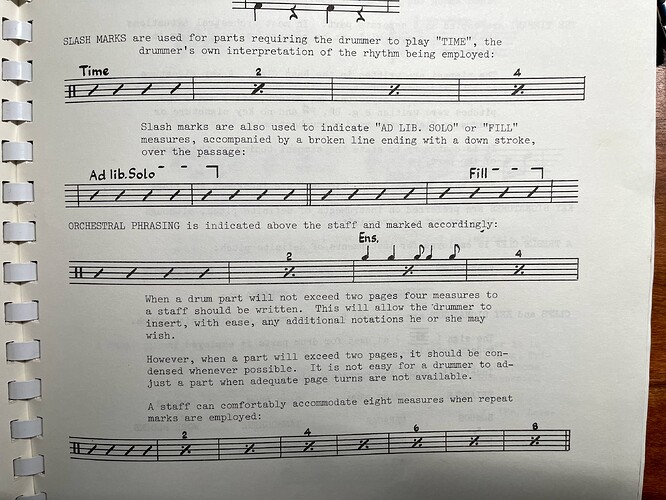I know it’s been a long time since the last meaningful update. And to those who are expecting Dorico 4 to be released imminently, I’m sorry to disappoint you, but there will be longer to wait.
We certainly do prefer to release new versions at this time of year if we possibly can, but there can be extenuating circumstances to make that impractical. Although the pandemic hasn’t had a direct impact on our schedule, it’s certainly been a new experience for us completely conceptualising and then implementing a whole version of Dorico completely remotely: we’ve not seen each other in real life for well over a year now, and it doesn’t appear we’ll be working back regularly in our office in London any time soon. However, on the whole we’ve been able to work much as we normally would, and the team continues to do great work.
What has been different over the 10 months or so since we released Dorico 3.5.10 is that we have been working on several different projects at once, with priorities shifting over time. Some members of the Dorico team have been contributing directly to the company-wide project to replace the eLicenser. Some have been doing some work on a project related to bringing Dorico and Cubase closer together, about which I can’t say much but which will take a longer time to come to fruition. Some members of the team have been working on infrastructure projects, including evaluating the major new version of Qt that was released at the end of last year, looking at the work required to get Dorico running natively on the new Apple Silicon-powered Macs, addressing some code quality and modernisation issues, and looking at some deeper technical issues (e.g. redesigning some aspects of the application architecture to improve performance, reducing or eliminating the number of operations that require Dorico to completely recalculate the open layout from scratch). And, of course, we have all the while been working on useful new features.
Our team is not huge (you can count our engineering team on the fingers of two hands and have one or two left over), so that’s quite a few different projects that we have been splitting our time between. All of them will bear fruit sooner or later and will improve the technical foundations, user experience, performance and features of the application.
As I said on the blog when we released Dorico 3.5.12 back in February, we do plan to bring you something else new and exciting before Dorico 4 arrives, and that is still our plan. But I can’t share anything more in that direction for the time being. Please watch this space! (Well, not this space specifically, but the spaces where we announce things.)






